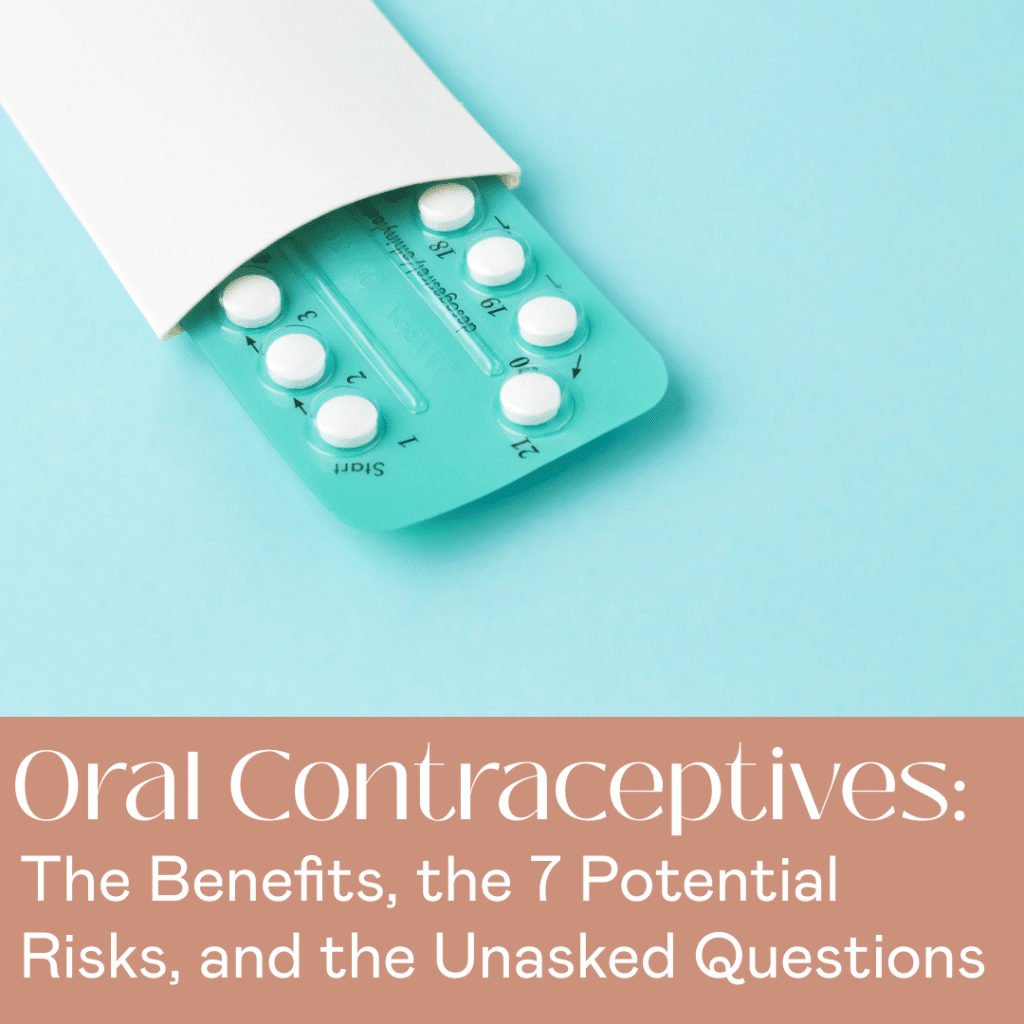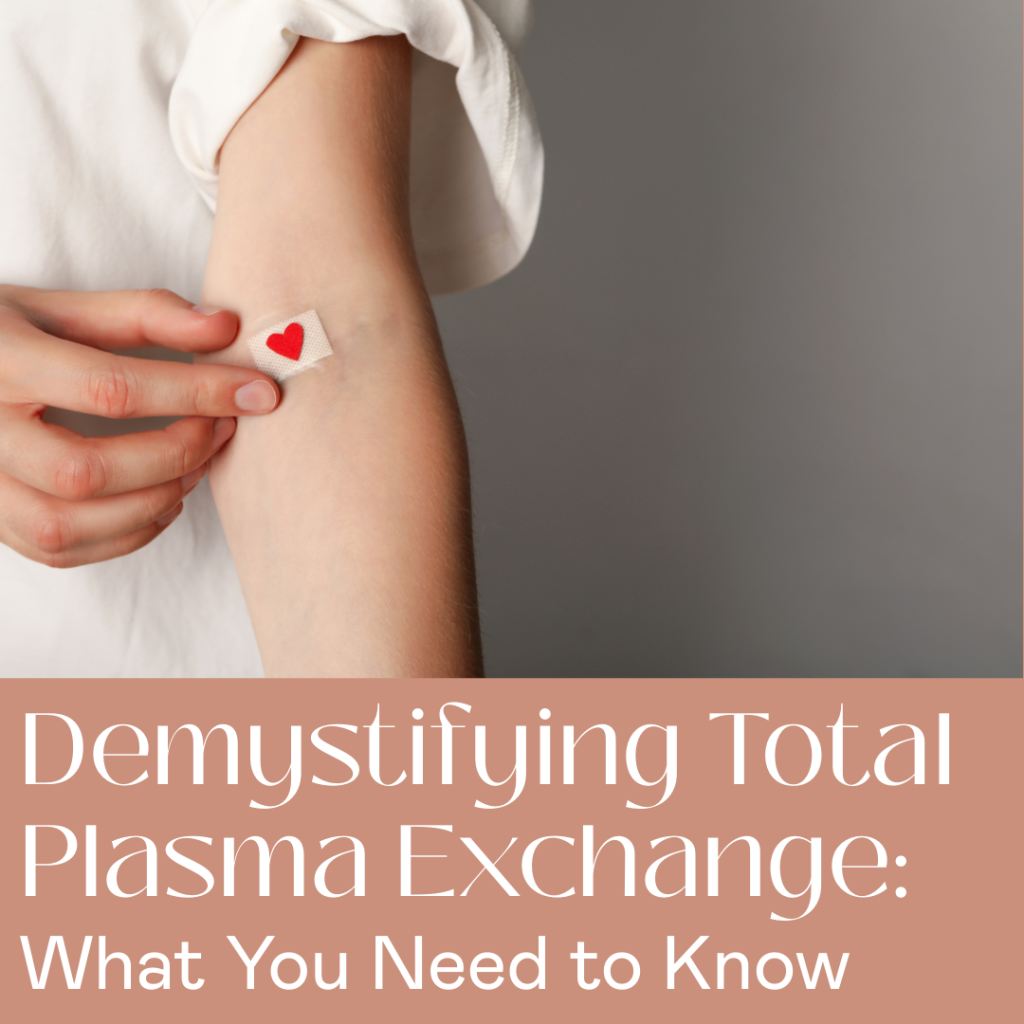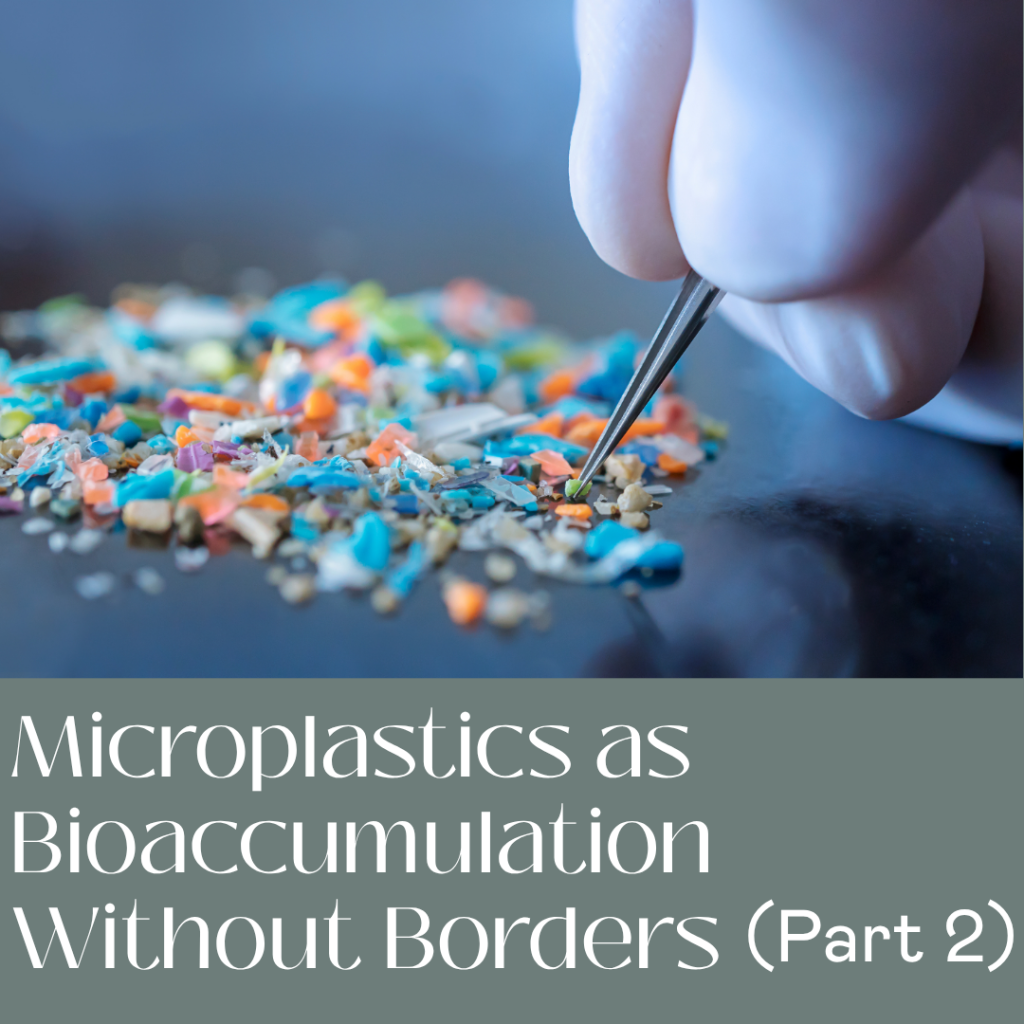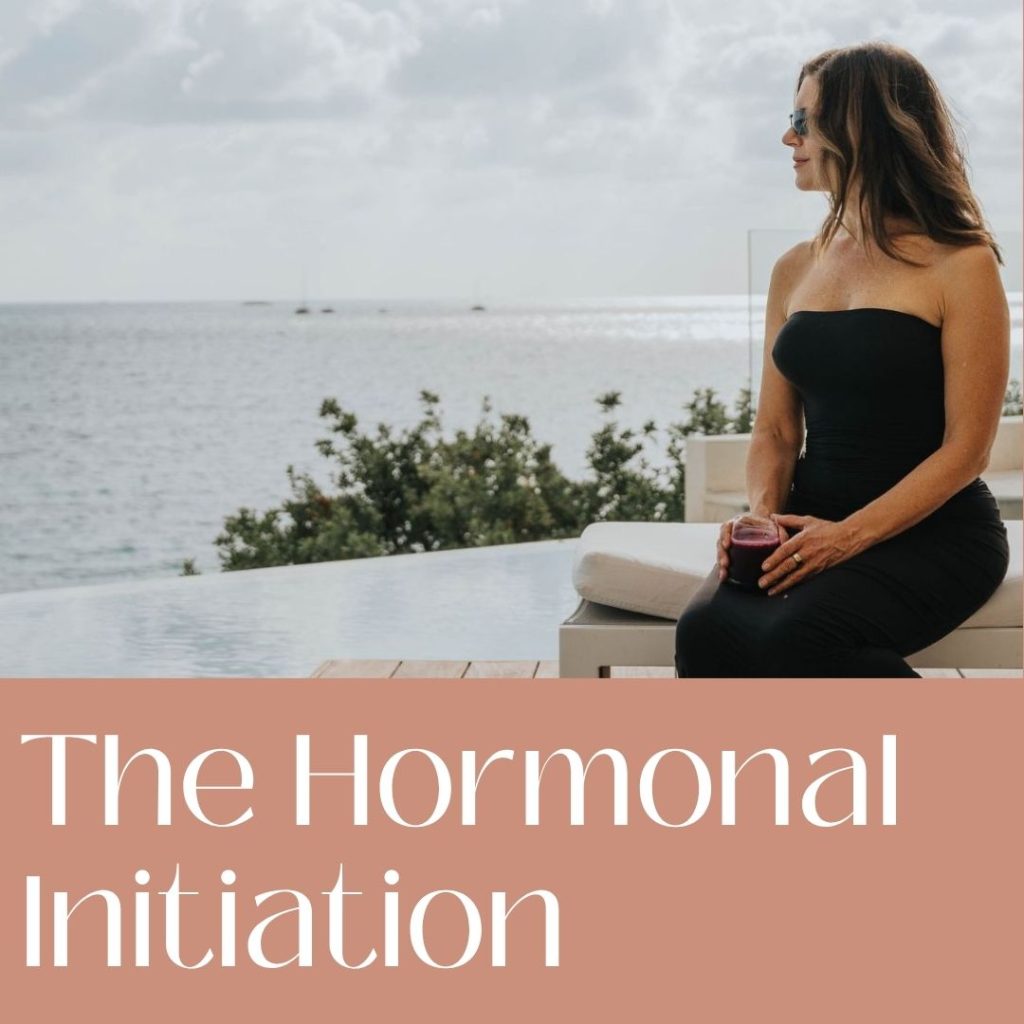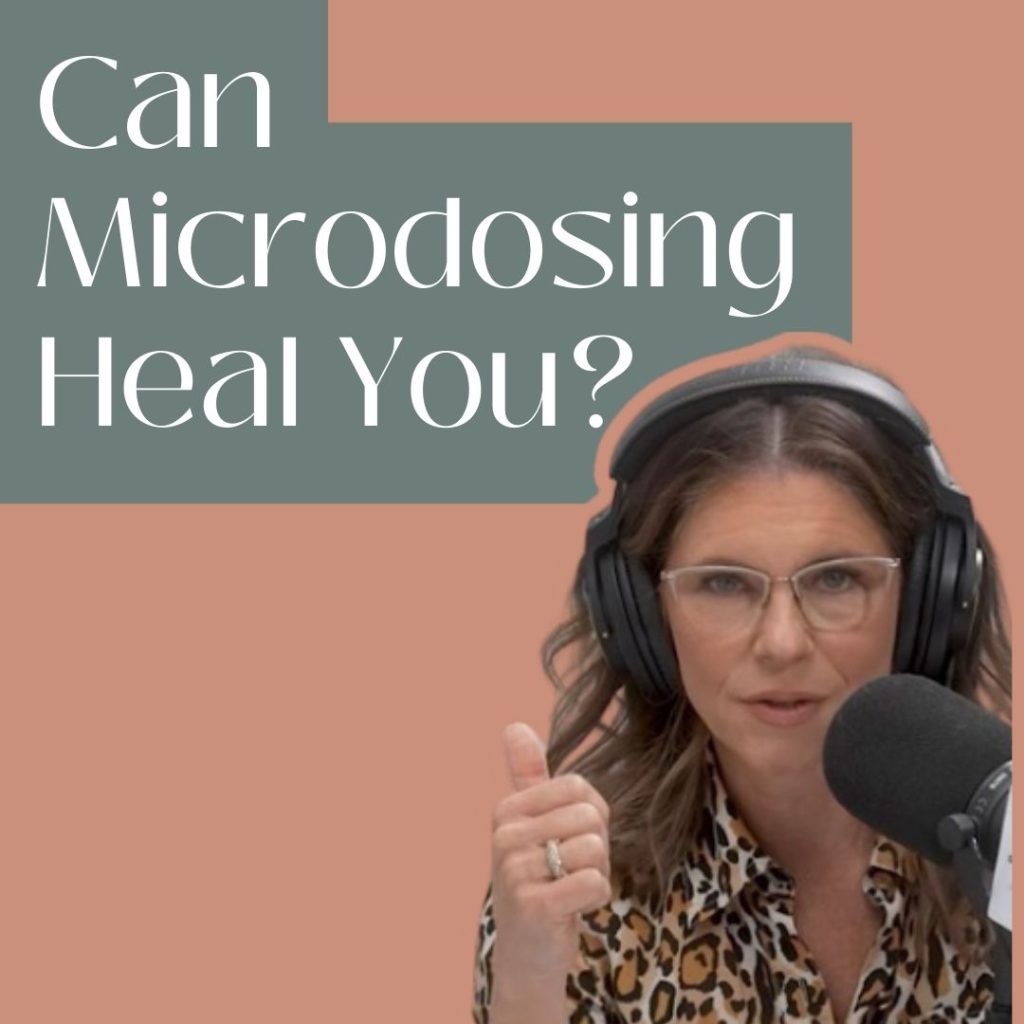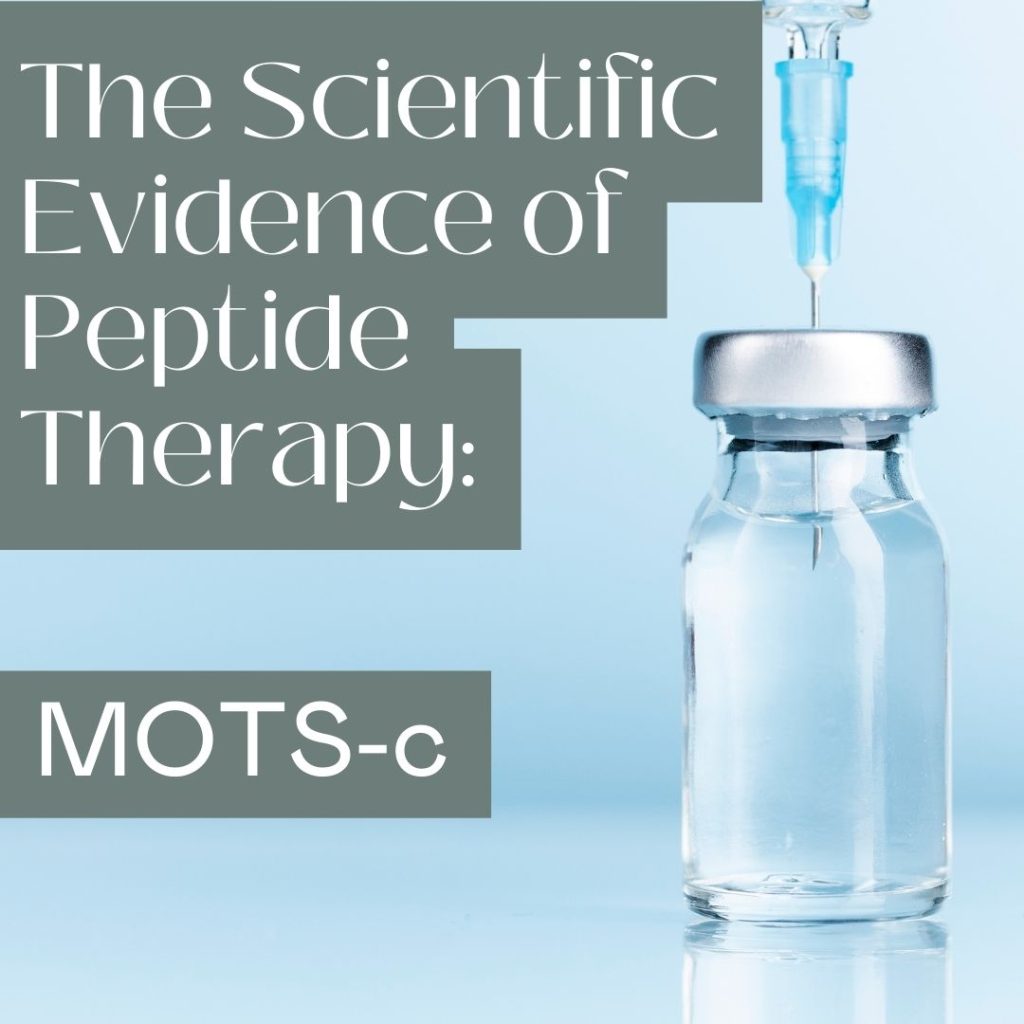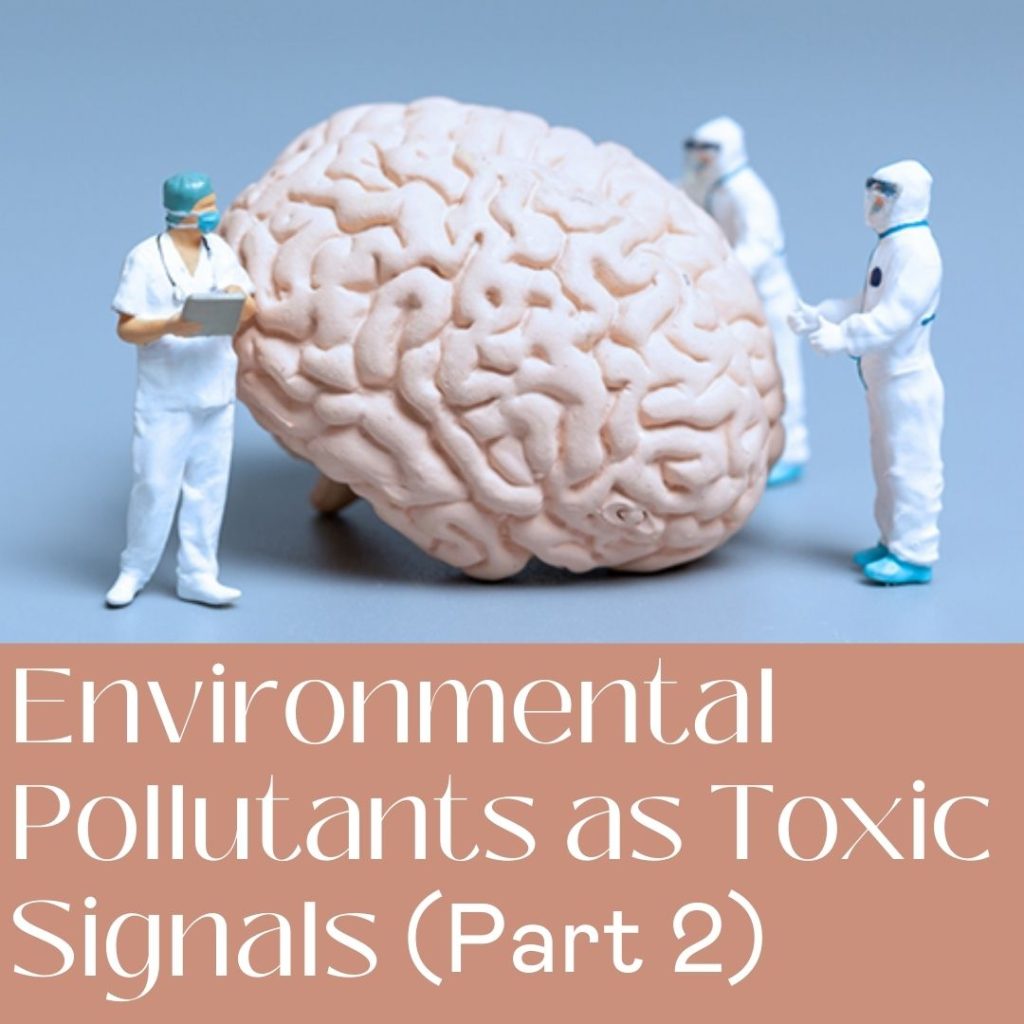Uncategorized
Oral Contraceptives: The Benefits, the 7 Potential Risks, and the Unasked Questions
Introduction For over sixty years, oral contraceptives (OCPs) have been prescribed to hundreds of millions of women — celebrated as a liberation technology, a cultural inflection point, a way to reclaim autonomy over reproduction. But we rarely ask the more radical, more intimate question: What do they do to us? The truth is less settled…
Read MoreMitochondrial Health: Lifestyle First, Smart Adjuncts Second, and What We Know in Women
If you want better energy, metabolic flexibility, and healthy aging, improving mitochondrial function is one of the highest-leverage moves you can make. Based on my medical practice for the past 30 years combined with a review of the scientific literature, there are two broad levers: Below is a practical sequence, with the core molecular players decoded…
Read MoreDemystifying Total Plasma Exchange: What You Need to Know
Total plasma exchange (TPE)—also known as therapeutic plasma exchange or plasmapheresis—is an advanced medical procedure that replaces a person’s plasma to remove harmful substances from their blood. Once largely confined to critical care units and autoimmune disease treatment, TPE is gaining renewed attention in areas like neurology, transplant medicine, and more recently, aging and longevity…
Read MoreI’m Not Just Neurodivergent—I’m Pandivergent
If you’ve ever felt like medicine didn’t quite have a box for you, you’re not alone. I was trained at Harvard. I’ve seen the algorithms, the protocols, the so-called “norms.” But here’s the truth: those norms weren’t built for people like me—or for most women. Yes, I’m neurodivergent. But that’s just the tip of the…
Read MoreMicroplastics as Bioaccumulation Without Borders (Part 2): Diagnostics, Reducing Burden, and Environmental Impacts of Wildfires
Microplastics are tiny plastic particles—less than 5 millimeters in diameter—that contaminate virtually every ecosystem on Earth, from ocean streams to human bloodstreams. These synthetic fragments, shed from consumer products, packaging, clothing, and industrial processes, are small enough to be inhaled, ingested, or absorbed through the skin. Their ability to bioaccumulate, cross biological barriers, and carry…
Read MoreMicroplastics as Bioaccumulation Without Borders (Part 1): Emerging Science, Who Is Most at Risk, and Health Consequences
In recent years, microplastics have evolved from an environmental concern to a direct human health issue, with mounting evidence suggesting systemic exposure and biological harm. A recent publication on microplastics sparked concerns when researchers found widespread microplastic contamination across a range of commercially sold beverages in France, including bottled water (even in glass containers), soft…
Read MorePerimenopause as Initiation: From “Make Baby” to “Make Wisdom”
If you believe in cultural conditioning, you may think of major hormonal transitions in a woman’s life – perimenopause and menopause – as an inconvenience to get through, burdensome, a problem to solve. You might be in the thick of perimenopause and wonder why you sometimes feel moody, bitchy, overwhelmed, irritable, fatigued, anxious, or one…
Read MoreMicrodosing Psychedelics: Placebo, Performance Enhancer, or Precision Tool?
Introduction: Why Microdosing Is Worth Your Time The idea of taking a psychedelic every three days might sound like something out of a Silicon Valley self-help blog or a mom meme from Boulder. But beneath the cultural buzz lies a serious scientific and clinical question: Can microdosing psychedelics be a precision intervention for mental health, creativity,…
Read MoreThe Scientific Evidence of Peptide Therapy: MOTS-c
MOTS-c is a 16-amino acid peptide encoded by a mitochondrial gene, playing a role in regulating metabolism and promoting physical performance. It’s considered an “exercise-mimetic” because it can improve glucose uptake in skeletal muscle and enhance insulin sensitivity without requiring insulin. While research suggests potential benefits for metabolic health and physical performance, it’s not yet widely used clinically…
Read MoreEnvironmental Pollutants as Toxic Signals (Part 2): Decoding the Damage and Defending Your Brain Health, Nervous System, and Well-Being
Environmental pollutants aren’t just passive bystanders in our bodies—they’re active, meddling saboteurs. These toxins, whether they hitch a ride through the air we breathe, the water we sip, or the plastics in our pantry, act as biological signals that interfere with our brain health, nervous system, and overall well-being. Mounting evidence shows that environmental pollutants,…
Read More